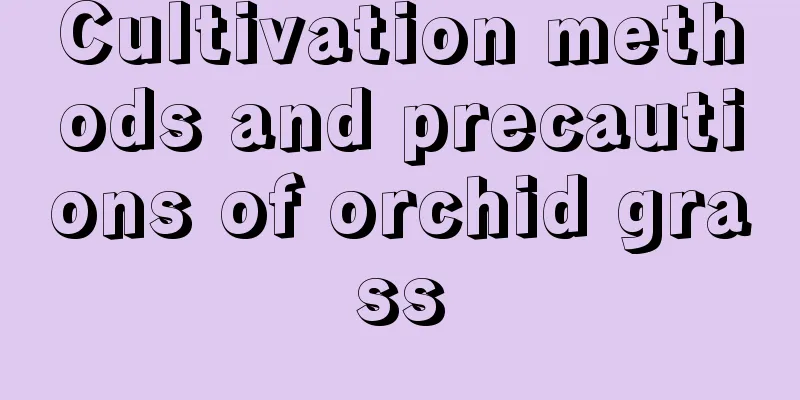How to make potted roses bloom continuously

How to keep bloomingPoint 1: Selecting and repotting potsIt is recommended to choose ceramic pots for potted roses. It is best to change the pot for potted roses once a year, and early spring is the best time to do so. Note that you need to add some fertile potting soil when repotting, and apply an appropriate amount of base fertilizer. Point 2: FertilizationAfter the new buds sprout in spring, the potted roses should be fertilized (liquid fertilizer) every 10 days or so. Since the development of roses begins to accelerate from this time period, the corresponding fertilizer required for growth will continue to increase. But at the beginning, you should apply thin fertilizers frequently and gradually increase the fertilizer concentration to give the roses time to adapt. Before flowering in May, after flowering at the end of June and before the second flowering in October are important periods for fertilization. Topdressing is essential, and it is appropriate to apply quick-acting fertilizers. In addition, a small amount of fertilizer liquid can be added when watering in summer, and fertilization should be stopped in autumn, and the water content should also be properly controlled. Point 3: WateringDaily watering work can be summarized in four words: "water when dry and water when wet." The best time to water is around noon in early spring and late autumn, and the water temperature should be slightly higher than the soil temperature. More attention needs to be paid to watering in summer. Watering is required in the early morning or evening to prevent the occurrence of physiological drought. The high temperature in summer causes strong transpiration of plants, and multiple watering is necessary to ensure suitable temperature and humidity. During the rainy season, be careful to prevent water accumulation in flower pots to avoid root rot. In addition, the strong direct sunlight lasts for a long time in summer, so shading work must be done properly. Point 4: PruningWhether it is the first or second flowering, the remaining flowers and upper branches should be pruned in time after the flowers fall to avoid excessive consumption of nutrients and affect the normal growth of the plant. It is a better pruning method to leave the buds on the outside and cut off useless long branches to leave suitable space for the next branch to grow and bloom. Moderate pruning should be done after the flowers fall in autumn to promote the sprouting of new branches. Heavy pruning in winter is particularly important. Cut off all diseased branches, useless branches, injured branches, dead branches, crossed branches and overlapping branches from bottom to top, leaving only 3-5 strong buds on the whole plant. Point 5: Pest and disease controlPests and diseases can be said to be the biggest threat to roses' long-term flowering. The prevention and control of diseases and pests is more or less related to repotting, pruning and other tasks. Aphids, red spiders, etc. are the main pests of roses. Aphids can be brushed off with a brush dipped in water, or you can use a 40% concentration of dimethoate solution or spray 1500 times diluted DDT emulsion. For red spider mites, you can spray 5000-8000 times diluted pyrethroid (20% concentration). From this, it seems that the fate of roses is completely in our hands. The beautiful sight of roses blooming all year round requires careful care of the flowers by every flower lover. Let us work together to "work harder, the happier the 'rose' will be!" |
Recommend
How to water azalea potted plants
Key points for watering azalea potted plants In s...
When is the best time to divide orchids into pots (technical points for orchid division propagation)
When is the best time to divide orchids? Orchid d...
How to breed black magician
illumination There is no need to be too nervous a...
How to identify Taitung Custard Apple
1. Leaves The leaves of Taitung Sugar Apple are s...
The meaning of how many roses you send
One, one It is more convenient to give someone a ...
How often should I water the golden grass?
How often should I water the golden grass? Golden...
How to cultivate white amaryllis
How to cultivate white amaryllis temperature Whit...
Common pests of night-blooming primrose and their control methods
Aphid Control on Night Primrose 1. You should hav...
The causes and treatments of yellow leaves of Ficus microcarpa
1. Temperature discomfort 1. Reason: The yellowin...
When to plant pepper seedlings (season, row spacing, how many per acre?)
1. Planting method 1. It has a very strong adapta...
How to grow succulent lotus
1. Breeding environment 1. Soil: For growing phil...
Lithops Varieties
1. How many varieties are there? Lithops is a com...
How to prune the branches and leaves of a potted fortune tree? Pruning time and method
Pruning time of potted fortune tree Potted money ...
Is the cherry yield high? What is the yield per mu?
Is the cherry yield high? The yield of cherries i...
Can petunias be grown hydroponically?
Petunia can be grown hydroponically, the method i...









